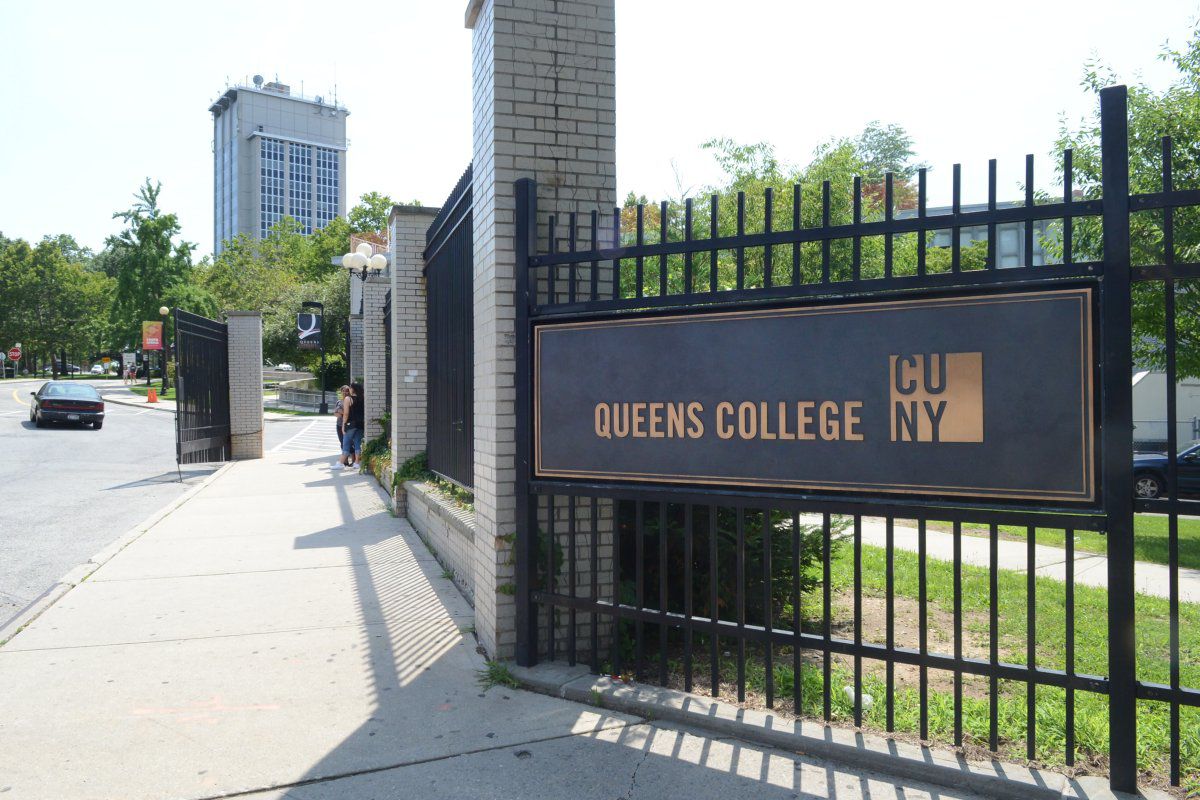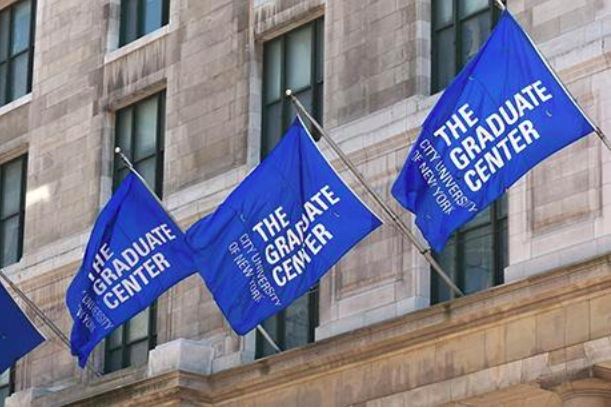Amongst the competitive four-year colleges in the City University of New York, Queens College is home to many different cultures and ethnicities.
However, competition can be an advantage and a disadvantage. The advantage comes with having some of the top students in the world attend the school, but with that, the ethnography of the students changes, leaving little variety.
With a stricter admissions process, QC along with the other four-year colleges — Baruch, Brooklyn, City and Hunter College — have witnessed a shift in demography.
When CUNY was first established in 1847 it was known as the Free Academy, providing higher quality education and making it accessible and affordable to all people of all races and ethnicities. Years later, the four-year colleges have gotten rid of the open admissions process that once graced the university and began raising standards for admission.
In 2001, the change was noticeably seen when freshmen entering these colleges had better grades and SAT scores — higher than 1,200 — and have been increasing since. This past fall, the figure had gone up 26 percent, but these academic credentials also indicate an ethnic shift at these colleges.
In fall 2012, black representation of freshmen decreased 10 percent from 17 percent in 2001 and Hispanic representation to 18 percent.
President James Muyskens celebrates the variety of students that attend QC as they come from all sorts of backgrounds and deal with hectic lives outside of school, but still maintain a good head on their shoulders when it comes to their education.
At a roundtable conducted by The Knight News, Muyskens admired the students at QC compared to the upper middle class students that he saw during his time at the University of Kansas.
“They’re wonderful people but they don’t have the drive, the determination and the spirit that I see at Hunter or at Queens,” Muyskens said. “There was a part of me at Kansas that felt: I’m not really sure we’re making that much difference because these kids are going to do well. If they don’t do that well, they’re going to go back to their dad’s business and do well there. Our students don’t have that safety net. We make the difference.”
There are several factors that influence students going to college. Where a student comes from can affect that attendance because of the accessibility of resources and methods that are needed to pursue higher education.
“Our admission standards have really moved up in recent years. I want to make sure though that we don’t raise them so high that we are not serving the students in this area. I’ve been so frustrated at what’s happened in K-12 education and the cut backs there because we need a better education system, we want to attract more of those students here. Unfortunately, a lot of those students just can’t make it into Queens,” Muyskens said.
Urban studies professor Dana Davis says that those factors are socio-economic status, such as household income, if students are the first in their families to attend college and the highest level of education of their parent or guardian.
In a 2010 Student Experience Survey conducted by CUNY, it was found that at QC, 62 percent of students came from a household income of “less than $50,000,” while 13 percent of students came from a household income of “$100,000 or more.”
Based on the students who provided their parents and siblings’ educational history, 38 percent of students were the first generations in college, while 18 percent were the first in their families to attend college.
Only 45 percent of students’ parents have received a college degree or higher, while 26 percent have a high school diploma.
Another factor is what many people in the urban studies world call the school to prison pipeline.
The school to prison pipeline is a system of rules that pushes the students out of the school system and into the prison system. Instead of providing students with a safe educational environment with comprehensive classes and resources to prepare them for college, resources are put towards policing students and using disciplinary methods in the school system, removing the safe environment from students and pushing them toward prison.
“New York City has the third most segregated school system in the country. There are about 1.1 million students attending public schools. Just about 75 percent of the students are black and Latino; about 24 percent are White and Asian. So what does this tell us? There is a racial disparity in the public school system,” Davis said.
Davis said that the decrease in black and Latino enrollment is also connected to the many changes made in CUNY.
The college has started using grade and exam criteria and has gotten rid of their open admissions policy. CUNY has also decided that students who need remedial help will go to the community colleges rather than the four-year colleges.
“CUNY on the whole has moved toward attracting students who are high academic achievers and there has been an increased focus on science and research. All of these changes make it difficult for students who come out of inadequately resourced public schools to attend college,” Davis said.
Open admissions are an unselective, less competitive admissions process where students only need a high school diploma to get into college.
By removing open admissions and implementing a stricter admissions process, incoming freshman need a B average GPA and multiple years of basic school subjects including math, English, lab science, social sciences and foreign language to receive admittance in the school.
Having an SAT of 1,100 in critical reading and math, an ACT of 22 or better in English and Math or a GED of 350 or better, provides admission.
Open admissions have been less present at the four-year colleges, but can still be found in many of the two-year community college’s admissions processes.
In the last decade, CUNY enrollment has increased by 30 percent, including record increases at the community colleges.
In an article with The New York Times, CUNY Chancellor Matthew Goldstein has stated that the demography of incoming freshman has been a concern, but that where the student finishes their college degree is more important than where they started.
“We are graduating more black and Hispanic students than we ever have before,” Goldstein said.
Although the numbers of enrollment at the freshmen level and the transfer level have increased, CUNY’s new initiative — Pathways — has mostly been difficult for CUNY students transferring from a two-year college to a four-year college.
Pathways main goal is to ease transfer, but with the consistent battles occurring, it has only made transferring more difficult.
“Every fall at QC, more of our students are transfer students than first time freshmen. We need to serve them well and in many respects we had not,” Muyskens said.
One of the issues with Pathways is its general education requirements across the entire university. This means that a course taken at a two-year college will be the same as the course taken at a four-year college. So a student can transfer into a school with 45 credits and will be able to keep those 45 credits and will not have to repeat classes over again.
A problem that many people face with Pathways is whether competitive schools like QC will be lowering their standards. Muyskens says that the courses at QC are what help students achieve more inside and outside of the classroom.
“I want the future employers of our students; I want the people who work with our graduates to say ‘Wow, when you get a QC education you can write well, you can think critically, you can speak persuasively.’ That’s what we need and that means you don’t lower standards,” Muyskens said.













